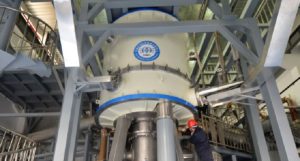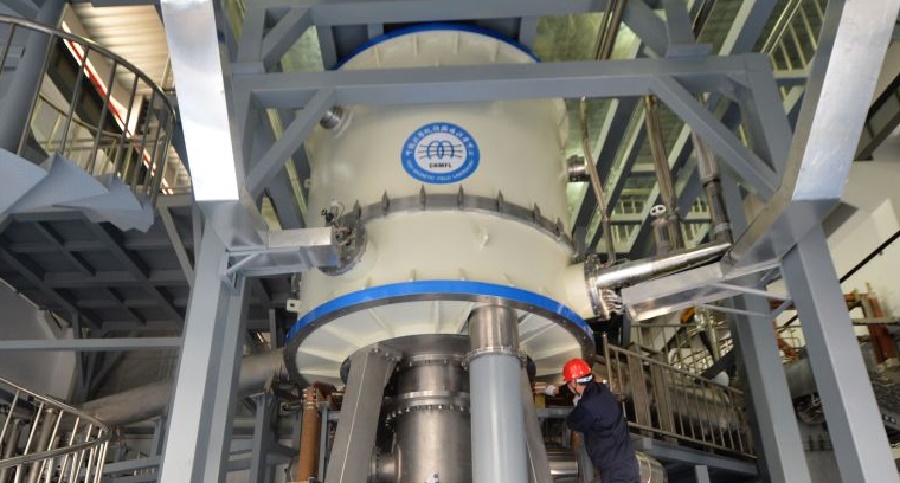At the Chinese Academy of Sciences’ Steady High Magnetic Field Facility (SHMFF), a magnet years in development achieved a steady magnetic field of 45.22 tesla – tens of thousands of times more powerful than your average souvenir fridge magnet.

This breaks the record for a steady magnetic field of 45 tesla, held by the National High Magnetic Field Laboratory (MagLab) in the US since 1999. The breakthrough sets new limits on conditions commonly used to study various physical phenomena, offering new opportunities for research and innovation.
Both the MagLab and SHMFF research teams have been working on their own hybrid magnets for some time. This is a magnet that uses two different ways of creating a magnetic field: an outer superconducting ring, and an inner resistive Bitter magnet (that’s a magnet based on stacked plates). Each of these technologies has its own limitations: the superconducting magnet has low power input needs, but an upper limit on magnetic field strength; the Bitter magnet requires a much higher power input.
Combining the two technologies significantly mitigates these limitations, allowing for the propagation of a powerful, steady magnetic field. This is how MagLab developed its 45 tesla magnet, and how, in 2016, the SHMFF attained a steady magnetic field strength of 40 tesla – an incredible achievement in its own right.
Generating such powerful magnetic fields requires a tremendous amount of energy, though the rewards could also be world-changing. Researchers worldwide are developing incredibly powerful magnets — strong enough to lift aircraft carriers — in a bid to harness the great potential of nuclear fusion energy, which could reduce the world’s reliance on fossil fuels.
According to sciencealert















